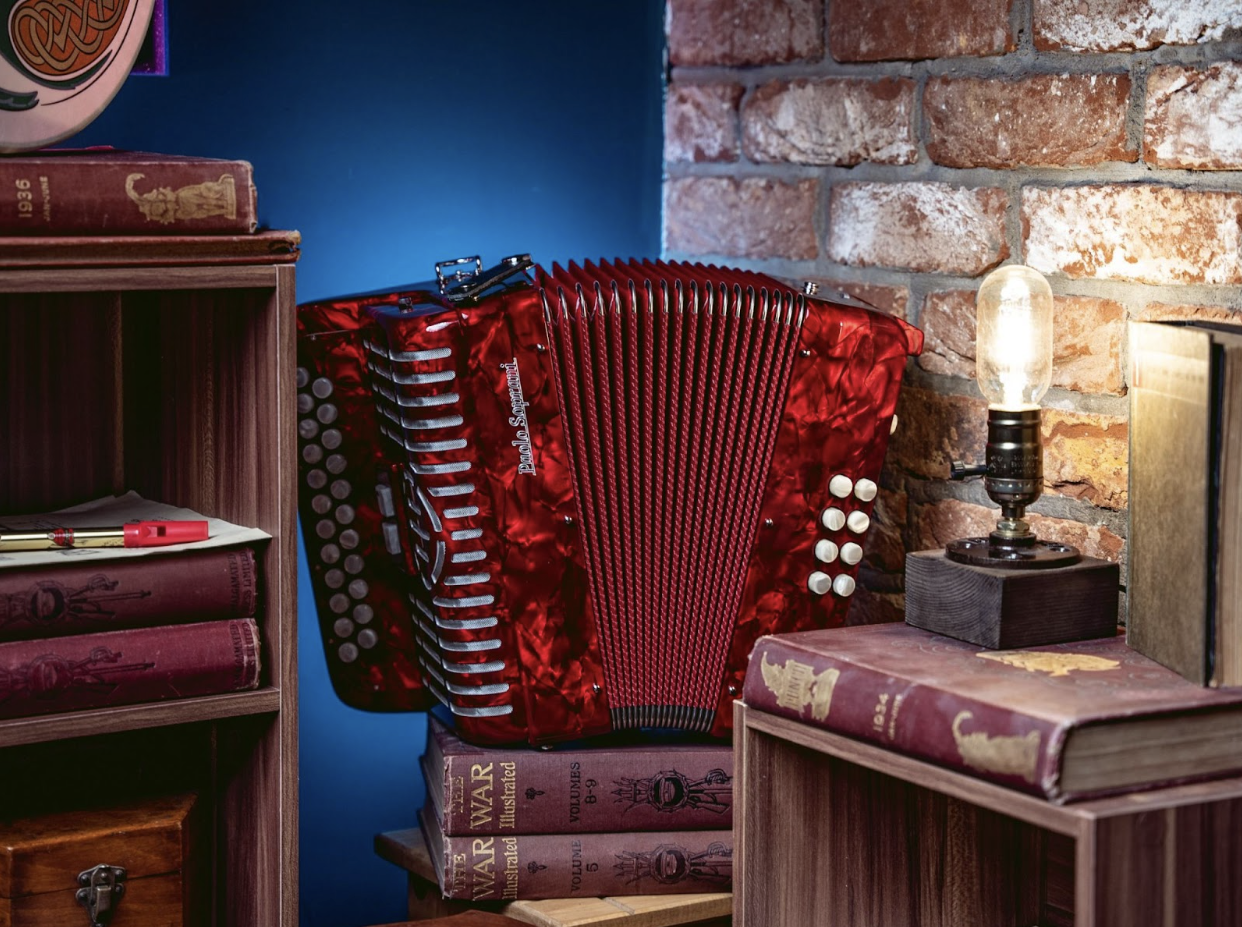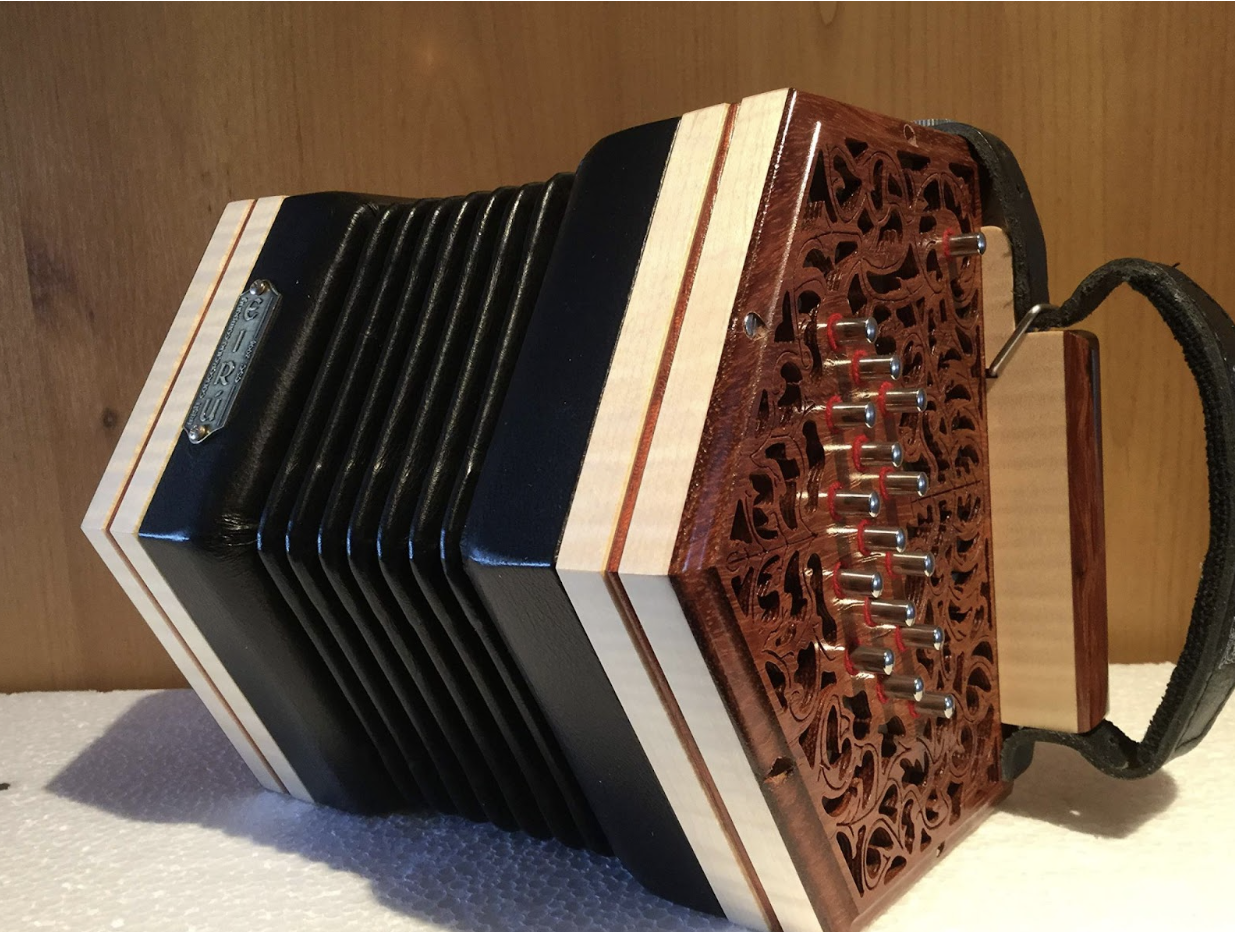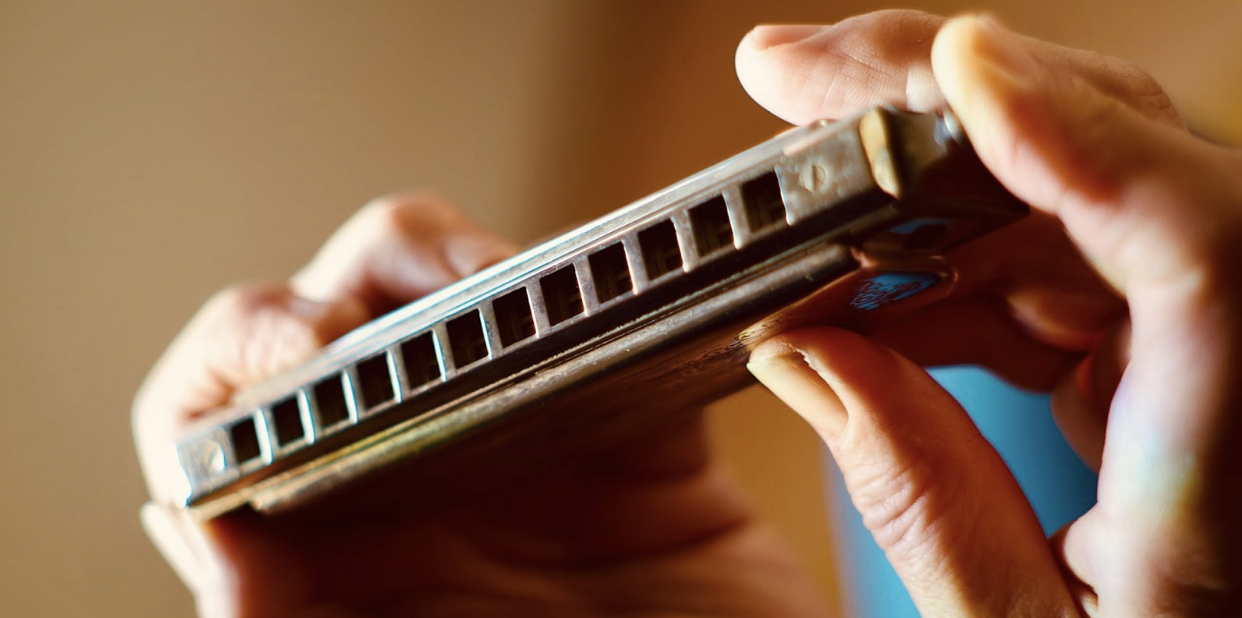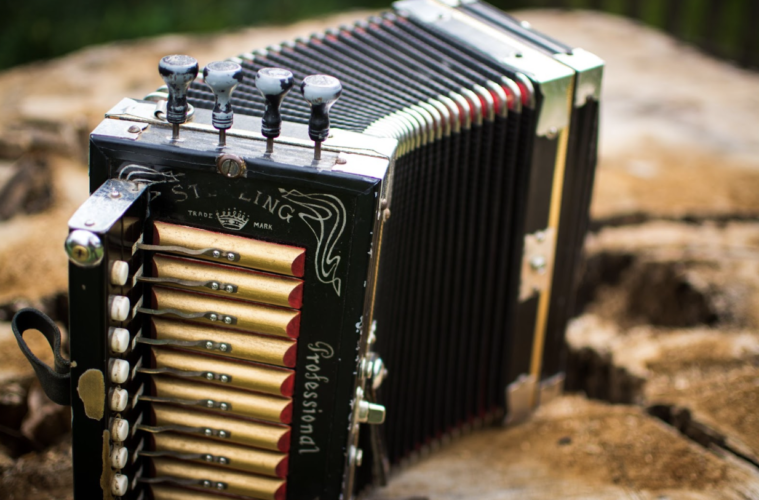Take a moment to picture waves of sound, creating melodious tunes that vibrate right through the soul. Yes, we’re talking about those beautiful manifestations of music — free-reed instruments! These sonic wonders have a fascinating mechanism at play: reeds fixed in place, waiting to touch the sky as the gush of air sets them into motion – be it from lips or bellows. Ah, what exquisite symphonies they craft!
Five notable members particularly catch our eyes (or rather ears) for their unique contribution to this beautiful tapestry of sounds. These little marvels are often overshadowed among the pulsating spectrum of musical instruments, but we’d dare say they deserve their moment basking under the spotlight.
Accordion

This melodious beast has a history as vast as its tonal range. Its roots trace back to the early 19th century, born amidst European inventiveness. Imagine a bustling European workshop where nimble fingers brought to life the design that captivates us still.
Simple at first blush yet beguiling in its complexity! The hand-crafted intricacies of bellows and buttons work seamlessly together, manifesting an auditory landscape that spans from rich bass to tinkling treble.
And what diverse breaths it breathes! It’s as if we’ve given vocal cords to the nations themselves. From Parisian cafes echoing with romantic tunes streaming from soft squeezes of a musette to pulsating Tex-Mex Conjunto rhythms gleaming under the scorching sun – the Accordion packs a globe-trotting punch.
Then there are those unforgettable polka parties in Central Europe and sultry tango dances unfolding on Argentinian streets. Ahh… each locale paints a vivid soundscape on our mental canvases – illustrating how tightly woven this instrument is within various cultural tapestries!
Concertina

Born in 19th-century England, the concertina has musical roots that dig deep into history. A nifty little squeezebox it is – compact yet capable of producing intense bursts of music capable of stirring the soul.
What’s distinctive about it, you ask? Well, for starters, it’s a free-reed instrument with bellows and buttons on both ends. Pretty neat, right? The compact size and hexagonal shape add unparalleled uniqueness.
Ever held one in your hands? Its construction will leave you amazed. As your fingers dance along its buttons, they emit sounds steeply nostalgic for deep-rooted folk tradition. Melancholic minor keys or joyous major ones – this underrated masterpiece can beautifully render them all.
Sea shanties have savored its robust sound spectrum. And cherished thoroughly in Irish folk tunes and English country dances alike – striking harmonies with jigs, reels, and hornpipes. Did we mention Morris dancing, too?
Harmonica

Baptized as the symbol of musical simplicity, its birth traces back to early 19th-century Europe. Harmonica was destined for greatness from the get-go. In terms of construction – well, isn’t that something? All packed into this pint-sized powerhouse are brass reeds, a comb-like body, and cover plates. Blow or draw upon her – she emits this passionate mix of quivers and bellows.
The dulcet tones rolling out from a harmonica can encapsulate anything from wistful sighs to downright jolly rollicks. Ah! Such a range that it makes jaws unfailingly drop, plus toe-tappingly addictive beats.
Did we say versatility yet? The harmonica is blend-in kind folk – unassumingly but definitely there in blues, solidly delivering wails in rock or adding character slices to folksy tunes.
Harmonium

The harmonium’s fascinating narrative whisks us back to France in the 1840s. Nestled amidst an era of revolutionary artistry and invention, this free-reed stalwart came to be blessed with a visage clasping both European and Indian music charm.
An auditory expedition reveals the nuanced tones it emanates – resonant, rich, perhaps even spiritual. Plunge deep into its sonic essence, and you’ll uncover a heady mix of tranquility and fervor – a heartfelt trill laced with yearning.
Its reputation precedes its earthly form – yet when experienced firsthand? No measure of hyperbole seems enough. That’s just how integral this versatile virtuoso is amongst other free-reed silhouettes standing tall on music’s vast global stage.
Melodica

Born from the marriage of keyboard and wind instruments, melodica has a charm unrivaled. Just a handheld keyboard played by blowing air through a tube – ingenious, isn’t it? It’s almost as if we’re dealing with tangible wind piped into stair-stepping keys.
The melodica doesn’t ask for limelight but flourishes across myriad musical landscapes. Its versatility is its secret sauce, fostering popularity in genres diverse as Brooklyn streets are long. From reggae’s easy-going beats to jazz’s suave complexity, from pop’s catchy refrains to hip-hop’s distinct rhythm – the melodica underscores them all!
Frequented across school music lessons or wielded by street musicians invoking spontaneous jams – it fits like a glove both in novice hands learning their scales or maestros arranging epic orchestral exploits.
Wrap-up
The shared heritage under the “free-reed” umbrella captures myriad sounds, from soaring cries to whisper-soft undertones. This musical family spans wide across tumultuous waters and boundless landscapes, each member carrying its unique dialect yet unified in the language of music.
Published by HOLR Magazine.


